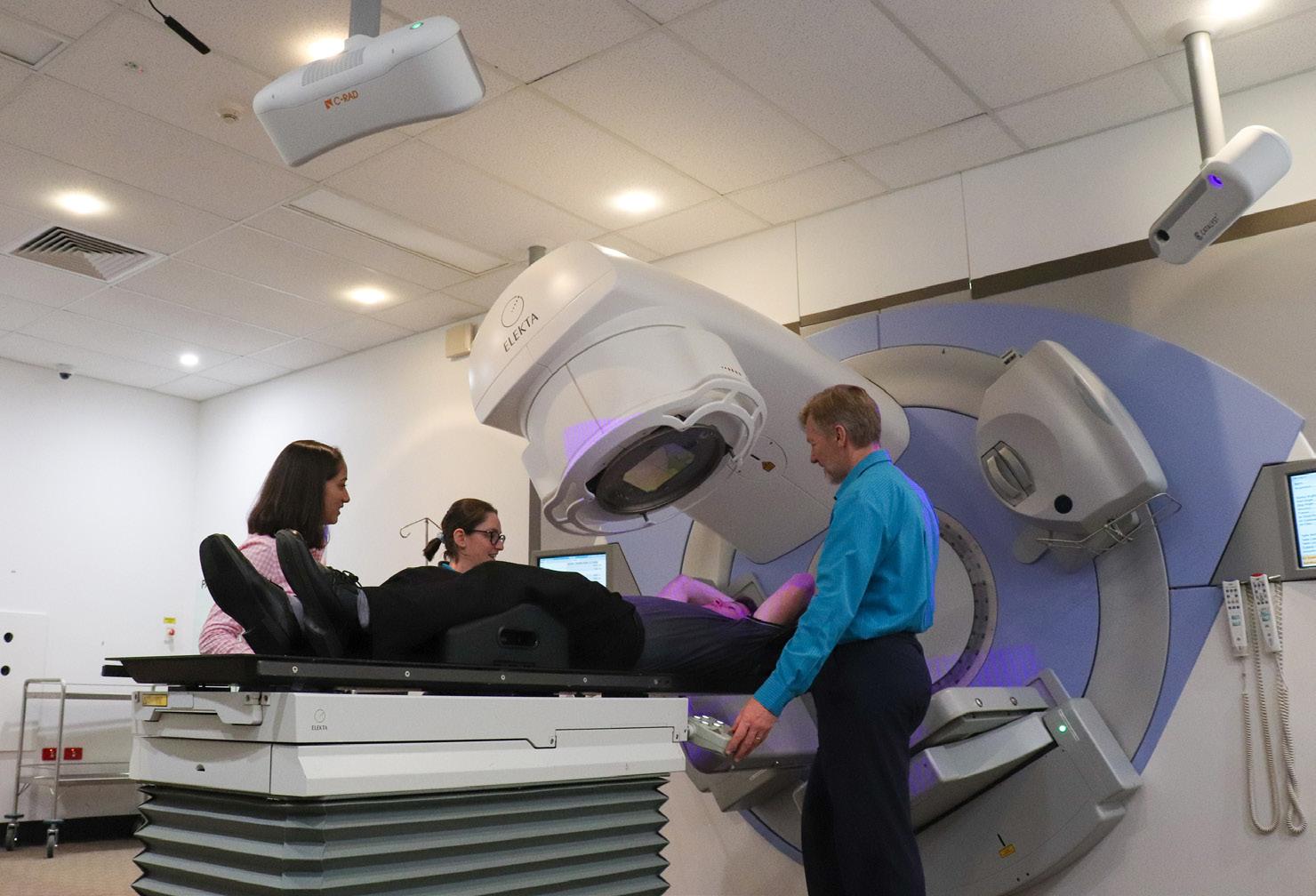Editorial Vaccine monitoring is up with the AIR As summer ended we read the news that COVID-19 related deaths in the USA exceeded 500,000 - that’s deaths, not cases - while in Australia the case tally stood at under 10, with no new cases in NSW at the time. Phase 1a of the Australian Covid-19 vaccination national roll-out strategy has
just commenced. It will take the rest of the year to vaccinate the majority of the overfifty years population but once 70,000 quarantine border workers and 100,000 high risk health workers are vaccinated by early April the rest of the country can exhale with a big sigh of relief.
It is a tribute to Australia’s health system and our public health workers that we have weathered this storm better than nearly every other country. There is the feeling that life is getting back to normal, although the ‘new normal’ is still spoken about. Australia’s unemployment peaked at 7.5%, which was less than predicted, with the recovery in job numbers in the last four months being strong and much faster than in previous recessions. The Federal and State governments of all persuasions, and their Oppositions, have united behind the efforts to contain and manage the virus and the downturn in the economy. They have mostly succeeded, with only occasional bickering when under the most extreme public (and media) pressure. Australia as an island surrounded by a large maritime border, distant from other populous areas, has been in a fortunate position. Look at the situation in Indonesia or PNG. It has been easier for us, to bowdlerise former Prime Minister Tony Abbott, to “stop the viruses”. The Federal Health Department has stated that, “Rolling out the COVID-19 vaccine is one of the greatest logistical challenges in the nation’s history.” It will fall to general practice to deliver the vast majority of these vaccinations. The tasks are challenging at all levels of the program, from national to state and regional levels and even down to the pointy end at the GP clinic itself. With so many unknowns and variables,
and given the pressure to get the vaccine out with minimal delay, the task was never going to be easy. Some suggestions for the program that made their way into the initial plans may have been visionary but were clearly never going to work. They had survived the first round of brainstorming in Canberra and were “pencilled in” before more experienced administrators took control. While it is easy to be critical, success will be defined as getting the majority of the Australian population vaccinated by the end of the year. Keeping things simple may be the key. A loose translation of 19th century German Field Marshal Helmuth von Moltke’s remark, “No battle plan ever survives contact with the enemy” is apt. Even as we start the program it is confusing to have two different vaccine treatments. The ‘brand name’ debate is hotting up in Europe as I write. This however merely reflects the difficulties of trying to manage a new and unknown disease. In early 2020 the Federal government was competing with other governments around the world for vaccines of unknown efficacy. Backing at least a couple of horses was only sensible. Some vaccine efforts such as the University of Queensland’s failed, not because they were ineffective, but because of other unforeseen effects. UQ’s vaccine would have rendered many Australians positive for AIDS; falsely positive, but what alarm that would have caused. It is therefore unlikely that the current Pfizer and AstraZeneca vaccines that Australia has purchased will be the best choices in the future. Monitoring the vaccination status of the nation has been entrusted to the Australian Immunisation Register (AIR). The Register has been tracking all vaccinations since 2016 and all childhood vaccinations since 1996. The COVID-19 vaccines have been added to the register. Previous uploads of data from GPs to the AIR were voluntary and in some cases were incentivised by payments for lodging updates. Given the seriousness of the COVID-19 pandemic and the
David Guest, Clinical Editor huge scale of the nationwide vaccination program, the government recently enacted the Australian Immunisation
Register Amendment (Reporting) Bill 2020 mandating compulsory upload of
COVID-19 vaccination data records.
While most GPs would regard this as reasonable, given the nationwide crisis we are facing, many have been surprised at the harshness of the penalties for failing to lodge the data within a two-week period. In theory the penalties could amount to several hundreds of thousands of dollars. It does look pretty heavy handed. The only way GPs could cope with the requirements to upload such a large number of vaccine record submissions is by using an automated system linked to the practice’s usual electronic record system. These systems are now largely in place, which is quite an achievement but it does put the final nail in the coffin for noncomputerised general practice. GPs are also concerned about the logistics of roll-out of the vaccines nationwide. In recent years the Department has taken an increasing command and control approach to the delivery of influenza vaccines. Delaying the commencement of vaccination until mid-April and tightening the window for delivering the vaccine has put increasing pressure on general practice logistics. The difficulties have been further compounded by problems with the supply chain resulting in hundreds of hours of wasted practice time cancelling scheduled clinics and then scrambling to reinstate them when the supplies finally came through. Adding two COVID-19 vaccines to this mix, each given at least a few weeks apart and separate again to the influenza vaccine, has the making of a logistical nightmare for thousands of practice managers around the country.
NorDocs | 3






















